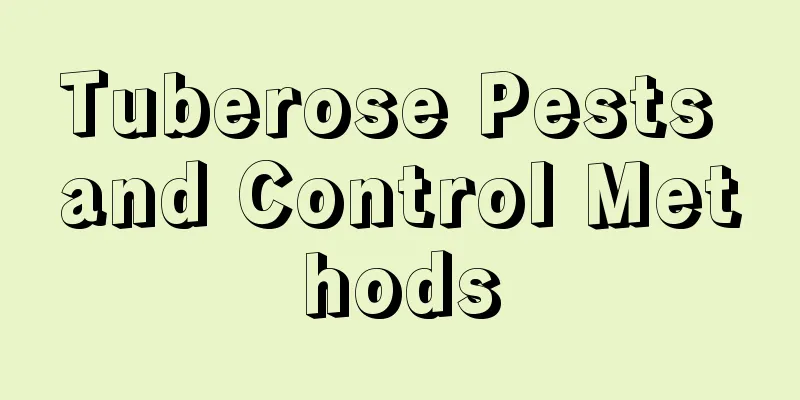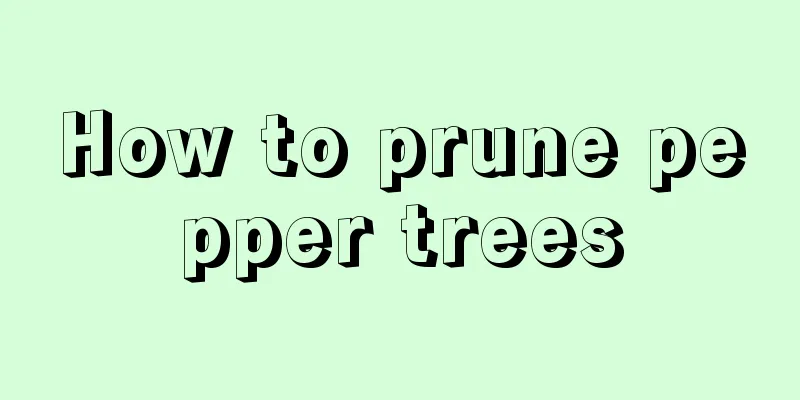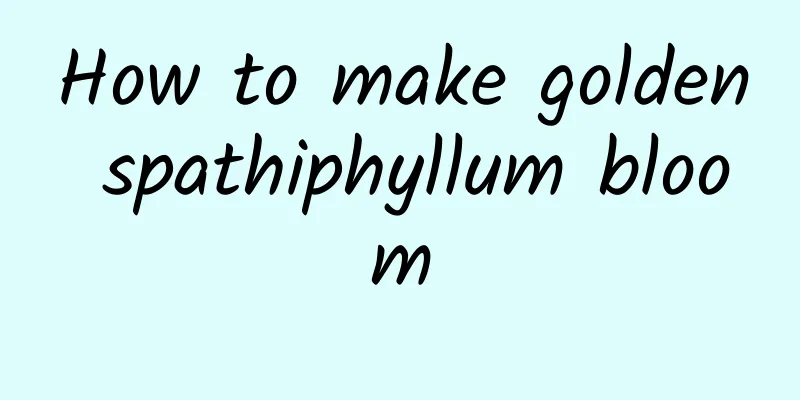Tuberose Pests and Control Methods

Pests of tuberose: root-knot nematodessymptomThe larvae of root-knot nematodes will attack the roots of tuberose, causing the plants to become stunted, short, and yellow. Prevention and treatment methodsWhen it occurs, you can irrigate the soil with 1500 times diluted 40% oxydemeton-methyl emulsion, and bury 3% furadan in the potting soil for prevention and control. Pests of tuberose: Yellow-breasted flower thripssymptomThis pest is more likely to occur in greenhouses, with more than ten generations occurring each year. When laying eggs, the female insect inserts the ovipositor into the epidermis of the petals or stamens and lays the eggs under the epidermis or half-exposed. The nymphs and adults hide in the flowers and cause damage. The adult nymphs gather on the flowers of tuberose to suck the sap, and the flowers will have grayish-white feeding marks and egg-laying marks after being damaged. When the disease is severe, the petals may curl up and not open smoothly. Prevention and treatment methodsClear weeds regularly to reduce the places where pests can live and reproduce. If pests are found during the growth period of tuberose, spray 4000 times diluted 2.5% cypermethrin emulsifiable concentrate or 4000 times diluted 50% malathion emulsifiable concentrate for prevention and control. Pay attention to spray the hiding places of thrips in the flowers. Pests of tuberose: Mole cricketsymptomIt is widely distributed in the northern region. It is an omnivorous pest that mainly feeds on the underground parts of plants. The adults and nymphs will bite the roots and tender stems of tuberose seedlings. At the same time, because the adults and nymphs move underground and dig tunnels, the roots of the tuberose are separated from the upper part, causing the seedlings to dry up and die. Prevention and treatment methodsMole crickets are highly phototactic and can be killed using light between 7 and 10 p.m. during their emergence period. Organic fertilizers such as manure and compost must be fully decomposed. You can also use 45 kg of 5% terbufos granules per hectare for soil poisoning, cover the soil and water it after application, or use 1000 times of 50% phoxim emulsifiable concentrate or 1000 times of 48% chlorpyrifos emulsifiable concentrate for irrigation. |
<<: Diseases and pests of June snow and their control methods
>>: Diseases and Pests of Daxuesu and Their Control
Recommend
How often should I water the Hongyun Dangtou? The correct way to water it
How often should I water the Hongyun Dangtou? The...
When to sow butterfly flowers
Planting season The growth pattern of the butterf...
The cultivation methods and precautions of bayberry
Water bayberry is very easy to grow. It has relat...
The fastest way to root lily cuttings
Lily cutting time The best time to take lily cutt...
How to propagate the jasmine
Growth habits of jasmine The aromatic fragrance i...
Sugarcane planting methods, sugarcane pictures
1. Select sugarcane sprouts When planting, sugarc...
When and how to plant watermelon
1. When is the best time to plant watermelon? Ear...
How to propagate the weeping angel
Propagation by division In the summer and autumn ...
Can Amaryllis be watered with beer water?
Can Amaryllis be watered with beer water? Amaryll...
Is white clover poisonous? Can people eat white clover?
1. Is white clover poisonous? White clover is non...
What to do if the leaves of bougainvillea turn black
1. Excessive watering If you always water it with...
The difference between blue star flower and blue snow flower
1. Difference of blades The leaves of blue star f...
Endless Summer Hydrangea Maintenance Methods and Precautions
1. Soil The pH of the soil during cultivation det...
Planting time and method of sweet potato
Planting time of sweet potato The suitable growth...
How to grow Ping Pong Ladybug to make it fuller
Ping Pong Ladybug Growing Conditions For Ping Pon...









